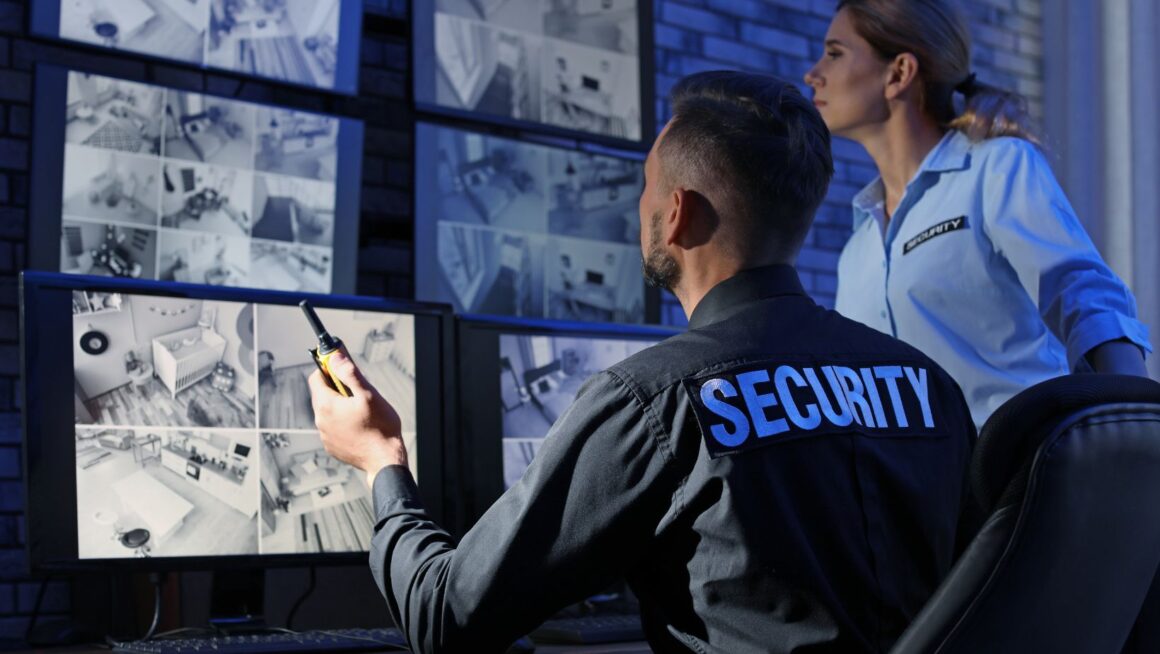Imagine a scenario where a police body cam captures a critical moment in a high-profile case. The footage is crucial for the investigation, but it also contains sensitive details about bystanders and private individuals. This is where video redaction comes into play. It’s a process that’s not just about protecting privacy but also about maintaining the integrity of the legal process. Let’s dive into why redacting video footage is such a critical practice for law enforcement agencies and how it helps balance transparency with privacy.
The Basics of Video Redaction
Definition and Purpose: Video redaction is the process of editing footage to obscure or remove sensitive information before it’s released to the public or used in legal proceedings. The main goal is to protect the privacy of individuals who are not part of the investigation but happen to be captured on camera. It’s also about ensuring that footage adheres to legal standards and doesn’t inadvertently disclose confidential or personal data.
Common Techniques: Redaction typically involves blurring faces, masking license plates, and hiding other identifying details. Some advanced tools even offer features like automated object recognition to identify and redact sensitive information. These methods help ensure that while critical evidence is preserved, the privacy of non-involved individuals is safeguarded. You can check out video redaction solutions for law enforcement on the link.
Privacy Concerns
Protection of Innocent Individuals: One of the primary reasons for video redaction is to protect the identities of people who are not involved in the case but might be captured in the footage. Imagine a bystander caught in the background of a police body cam video during an arrest. Without redaction, their identity could be exposed, leading to potential privacy violations and unintended consequences.
Legal Requirements: Various laws and regulations mandate the redaction of sensitive information to protect individual privacy. For example, the GDPR in Europe and various state laws in the U.S. require that any personally identifiable information be concealed in publicly accessible footage. Failure to comply can lead to legal repercussions and damage to public trust.
The Role in Legal Proceedings
Admissibility of Evidence: In legal settings, redaction is crucial for ensuring that sensitive information does not compromise the evidence’s integrity. Unredacted footage can contain details that, if disclosed, might affect the fairness of a trial or lead to the release of confidential information. Proper redaction helps maintain the focus on the relevant aspects of the footage.
Courtroom Dynamics: Redacted footage is often used in courtrooms to present evidence without exposing sensitive details. This allows for a fair trial while respecting privacy. However, it’s a balancing act—redacting too much could potentially undermine the usefulness of the footage, while insufficient redaction might lead to privacy breaches.
Balancing Act: Law enforcement agencies face the challenge of redacting footage in a way that preserves its evidentiary value. This balance is delicate and requires careful consideration of what information needs to be redacted while ensuring that the footage still serves its purpose in the legal context.
When You Should Blur Sensitive Information
Are you confused about when you should blur sensitive information in your videos? This is something that businesses are becoming cautious about because they don’t want to breach privacy laws. They know they face repercussions if they don’t follow the rules, considering costly fines and reputational damage.

So, when should you redact videos and add pixelation? Well, it depends on what’s appearing in the footage. For example, you want to make sure that no sensitive information is being shared without the person’s permission. If you don’t have their word, you should blur out the image, whether this is a person’s face, number plate or business name. Let’s take a closer look at some examples to understand better.
Security Footage
Are you going to be sharing security footage you’ve captured? You have to be careful about anybody appearing in this video that hasn’t agreed to be. This could be people walking past your business. Alternatively, it could be vehicles that are driving around. Either way, it’s best to redact the footage and make sure their sensitive information is blurred out. This includes a person’s face and the number plate on the car.
Training Videos
Are you going to be creating training videos that you’re going to spread far and wide? You can’t just capture members of the public in your videos without permission. This is a disaster waiting to happen and it can impact negatively on your reputation. Instead, you need to blur out any faces and sensitive information that’s present in the training videos. This is going to ensure you can tribute this video without getting into trouble.
Product Videos
If you’re selling products that require videos for instructions, make sure no sensitive information is captured in the footage.

This doesn’t just mean faces. It can also be sensitive information that might be in the background of your business premises, such as on white boards or computers.
Conclusion
In summary, video redaction is more than just a technical task—it’s a crucial aspect of modern law enforcement that helps balance transparency with privacy. By redacting sensitive information, law enforcement agencies can protect individuals’ privacy, comply with legal standards, and maintain public trust. As technology continues to evolve, so too will the methods and best practices for redacting video footage, helping to ensure that justice and privacy go hand in hand.

